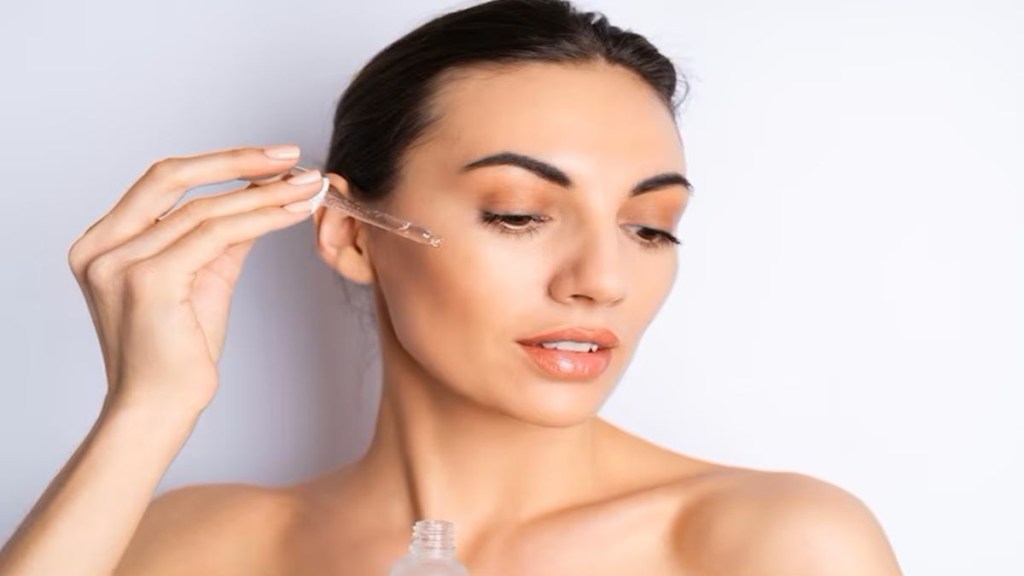Glycolic Acid is getting popular thanks to so many posts on its benefits and uses on social media. Well, it does have at have a lot of benefits. Glycolic acid is a water-soluble alpha hydroxy acid (AHA) and it is one of the most popular AHAs in skincare products.
AHAs have numerous qualities that make them ideal for smoothing fine lines, improving skin texture, and other anti-aging uses.
What is Glycolic Acid?
Glycolic acid is a naturally occurring compound that occurs in certain fruits, beets, and sugarcane. Cosmetic and pharmaceutical companies often include this compound in topical products to treat various types of skin conditions.
As glycolic acid has a small molecule structure, it penetrates deeper into the skin.
How to use Glycolic Acid?
Glycolic acid is available in several forms and these include:
- face washes
- lotions
- peels
- serums
- skin care pads
If you are a first-time user, start small or consult a dermatologist to know if it’s the right product for you. If your skin can handle glycolic acid, then try it in a peel. However, the chemical peel should only be in a medical practitioner’s presence. You can also try milder forms of exfoliation like at-home peel pads and other glycolic acid products come in. You can use these products regularly as a part of your skincare routine.
What are the benefits of Glycolic Acid?
- Glycolic acid can help in reducing fine lines and wrinkles.
- It can keep the skin hydrated.
- Using glycolic acid regularly helps fade mild hyperpigmentation like dark spots and age spots.
- Glycolic acid is great for acne-prone skin as it exfoliates dead skin cells that tend to clog pores and trigger breakouts.
What are the side effects of Glycolic Acid?
Glycolic Acid is not suitable for everyone. Some common side effects include:
- Swelling
- Itching
- Burning sensations
Who should use Glycolic Acid?
It’s best for normal, combination, and oily skin types. Those with dry or sensitive skin types may find glycolic acid too irritating for their skin.








